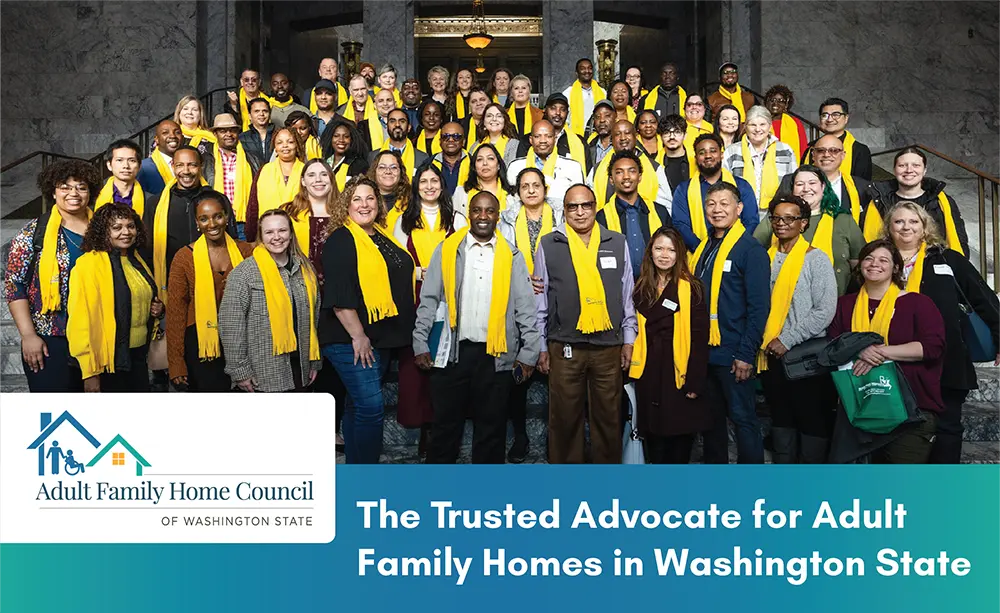
Preparing for Winter Weather
From the Developmental Disabilities Administration:
Now is the time to prepare. People with intellectual and developmental disabilities are often at higher risk if they rely on others for care and support. Please check out our emergency preparedness care provider bulletin for more information and ways to prepare.
Prepare for Winter Conditions
Storms can last a few hours or several days. They can knock out heat, power and communication services which places older adults, young children and sick people at greater risk for harm or injury.
Tips on winter storm readiness and other hazards are available from Ready.gov.
Winterize Your Vehicle
Create an emergency supply kit for your car. Some items to include:
- Jumper cables.
- Sand or cat litter (for tire traction).
- Warm clothes.
- An ice scraper.
Keep the gas tank full, and if possible, have a professional mechanic check your battery, anti-freeze and cooling system.
Know the Difference Between Frostbite and Hypothermia
Signs of frostbite include numbness, white or grayish-yellow skin and firm or waxy skin. Signs of hypothermia include shivering, exhaustion, confusion, fumbling hands, memory loss, slurred speech or drowsiness. If you see signs of frostbite or hypothermia, act quickly and call 911.
Be Prepared
- Visit Ready.gov to learn about winter weather safety and recommendations for developing your family’s preparedness plan. Build an emergency supply kit to sustain your household for a minimum of at least two weeks. Keep a smaller personal kit at your work location. Consider your specific dietary needs, lifesaving medications, out-of-area contact numbers, and other items to support your well-being.
- Follow your county’s local preparedness guidance. If you live in a rural area with limited access to services, prepare your emergency supplies for longer than two weeks.
- Review power outage preparedness recommendations from Ready.gov.
- Register for your county’s alerts and notifications for local road closures, evacuations, wildfires, weather, and flood warnings. Click the link for quick access to your county’s registration page. Follow the directions to “opt in” to receive notices on your phone via email and text.
Not a Member Yet?
Membership fees enable the Council to cover legal expenses and fund staff to advocate with the state and regulatory agencies. The participation of every adult family home is vital to ensuring fair regulations and rates that accurately reflect the costs of caring for our vulnerable adults. Consider becoming a member of the Council to help us continue improving conditions for all adult family homes in Washington State.

